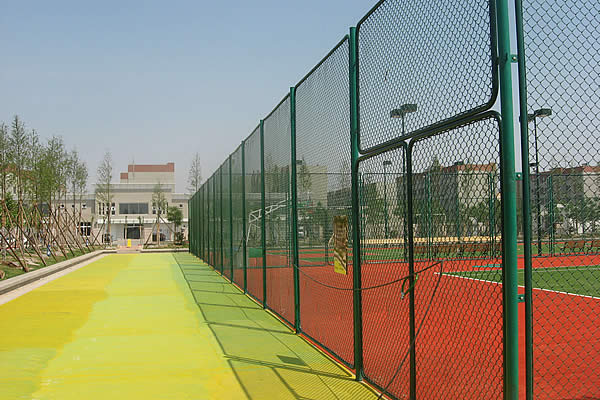 TEL:
+86-13102802206
TEL:
+86-13102802206
 Email:
fencenetting@china.com
Email:
fencenetting@china.com
 Language
Language
 TEL:
+86-13102802206
TEL:
+86-13102802206
 Email:
fencenetting@china.com
Email:
fencenetting@china.com
 Language
Language


The Importance and Applications of Cattle Fence Wire
Cattle ranching is an essential part of agriculture that has been practiced for centuries. To manage livestock effectively, ranchers face the critical task of containing their cattle within specified boundaries. One of the most effective solutions for achieving this is through the use of cattle fence wire. This article explores the importance, types, and applications of cattle fence wire in the modern cattle industry.
The Importance of Cattle Fence Wire
Cattle fence wire plays a crucial role in livestock management. It ensures the safety of cattle by preventing them from straying into hazardous areas, such as roads and neighboring properties. A well-fenced farm reduces the chances of accidents, thereby protecting both the livestock and the public. Furthermore, effective fencing helps prevent cattle from mingling with other herds, which can lead to the spread of diseases.
In addition to safety, cattle fence wire is a significant investment for ranchers. A durable and well-constructed fence can reduce long-term costs by minimizing the loss of animals and the expenses associated with round-ups or repairs after straying incidents. As such, using high-quality cattle fence wire is not just a practical requirement but also a strategic decision for ranch financial management.
Different Types of Cattle Fence Wire
Several types of cattle fence wire are available to meet various ranching needs
. The choice of wire often depends on the specific requirements of the ranch, the breed of cattle, and the terrain.1. Barbed Wire This type of wire is popular for cattle fencing due to its effectiveness in keeping animals contained. The barbed edges deter cattle from pushing through or leaning against the fence, making it a reliable option for perimeter fencing.
2. Electric Fence Wire Increasingly, ranchers are turning to electric fencing as a cutting-edge solution. Electric fences work by delivering a mild shock to animals that come too close to the wire. This type of fencing is often used in conjunction with other types of barriers, providing an additional layer of security.

3. High-Tensile Wire High-tensile wire is known for its strength and resilience, making it ideal for cattle ranches that cover large areas. It can withstand substantial pressure without losing its integrity, which is crucial for maintaining a secure boundary.
4. Woven Wire This type of fence incorporates vertical and horizontal wires to create a robust barrier. Woven wire fences are particularly useful in areas with diverse livestock, as they can effectively contain not just cattle but also sheep or goats.
Applications of Cattle Fence Wire
Cattle fence wire is not limited to just keeping cattle within their designated areas; it also has various applications that enhance ranch operations. For instance, it can be used to create grazing paddocks that allow for proper crop rotation and rest periods for pastureland. Well-managed rotation can improve the quality of fodder, which in turn contributes to the health and productivity of the livestock.
Moreover, cattle fence wire can be instrumental in protecting crops from livestock. By placing a fence around fields, ranchers can prevent cattle from grazing on young or vulnerable plants, ensuring a better yield from their agriculture efforts.
Lastly, using cattle fence wire can also enhance security against wildlife or intruders. Many ranchers find that a well-constructed fence not only keeps their cattle in but also keeps predators out, thereby reducing livestock losses due to animal attacks.
Conclusion
In conclusion, cattle fence wire is an indispensable tool for successful cattle ranching. With various types available and multiple applications, ranchers can choose the most suitable options to protect their livestock, enhance agricultural productivity, and ensure financial stability. As the cattle industry continues to evolve, the role of effective fencing will remain a cornerstone of responsible ranch management. Investing in quality cattle fence wire ultimately contributes to the sustainability and profitability of ranching operations.